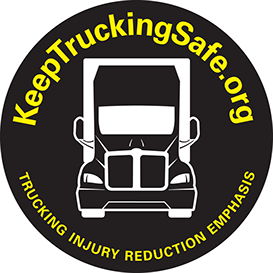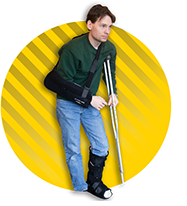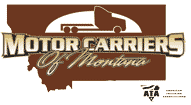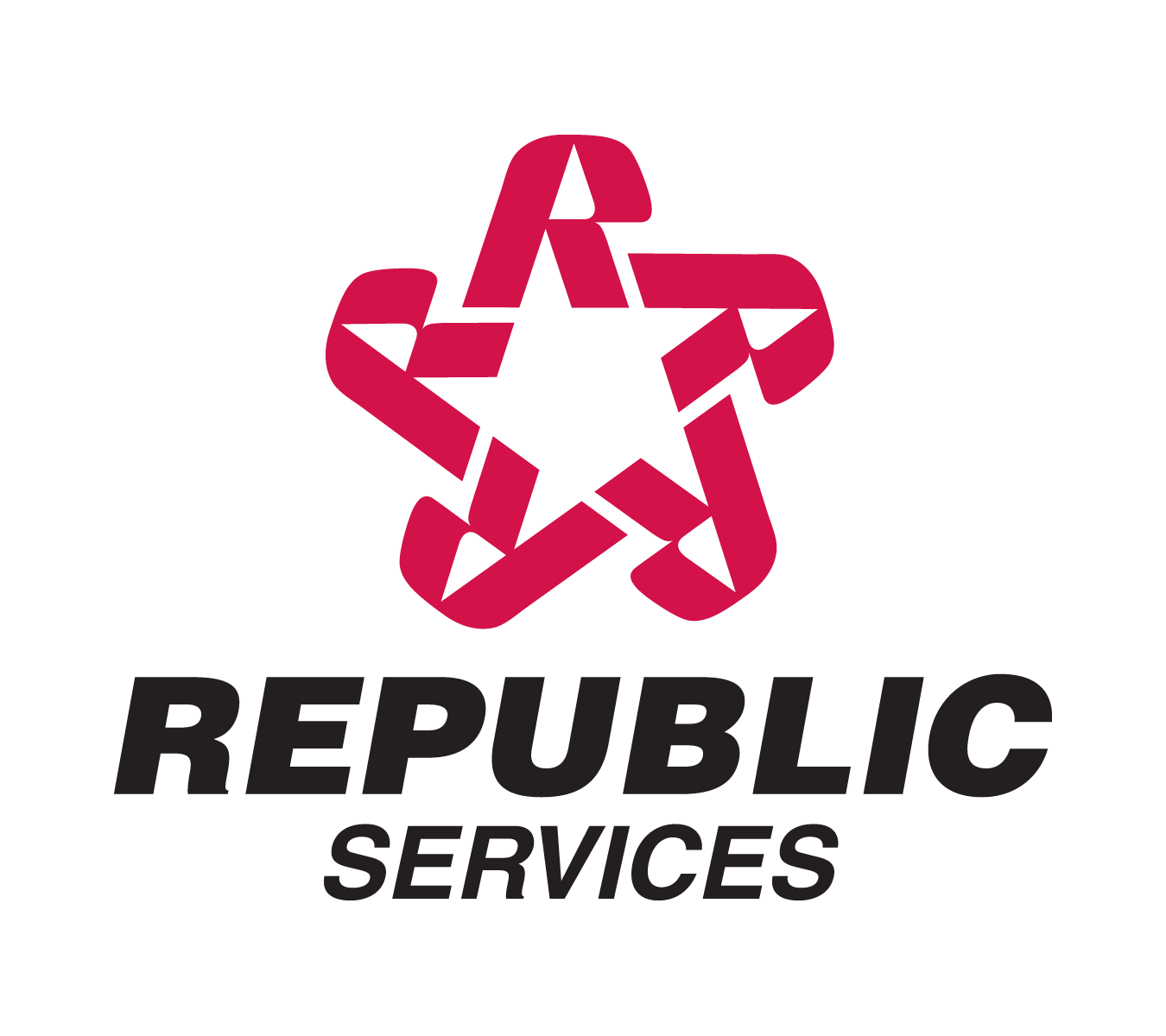Is it necessary to report a close call?

Yes! A close call should be reported to the supervisor, safety director and safety committee so a prevention plan can be established. This safety poster reminds workers to report close calls.
Have you considered a mentorship program?

Mentor-ship is good for the mentor, the mentee and your bottom line. This tip sheet will give you some ideas to get one started at your company.
Peer reviewed journals
Work related injuries in Washington State's Trucking Industry, by industry sector and occupation.
Smith C. Williams J. Accident Analysis and Prevention, 2014. Click here for the complete article. Or for the short version, here are the research findings.
Assessment of perceived injury risks and priorities among truck drivers and trucking companies in Washington State.
Spielholz, P. et. al. Journal of Safety Research, 2008. Click here for the complete article.
The information provided on the linked sites is solely the view of the authors and does not reflect the official views of SHARP and / or L&I.
Bates Technical College, Truck Driving School | Individual trucking employers | Individual owner operators
Supporters from around the globe
National Institute for Occupational Safety and Health (CDC/NIOSH grant #U60 OH008487)
Washington State Patrol, Commercial Motor Vehicle Division
SHARP Program | Department of Labor & Industries | PO Box 44330 | Olympia, Washington 98504-4330
Phone: 1-888-667-4277
Who Are We?
The Injuries
How It Works
This website is no longer actively maintained, and will be retired in 2027. All documents are now located on the SHARP website at: http://LNI.wa.gov/SHARP and choose Publications from the left hand menu and then enter “TIRES” in the search field. If you do not see a publication that you are looking for, email a request to SHARP@LNI.WA.GOV
Trucking Injury Reduction Emphasis (TIRES)
The TIRES project was developed by the SHARP Program at the Washington State Department of Labor & Industries, with support from the National Institute for Occupational Safety & Health (NIOSH). The TIRES project has ended after more than 15 years.
We wish to thank all of our collaborators from business and labor who worked so hard to bring you all of this information. We hope that you found it useful.
You may freely download, save and use any of our publications.

The Injuries
The most common and costly injury types in the trucking industry:
- Slips, trips, falls
- Strains & sprains (Musculoskeletal disorders)
- Getting struck by or against an object
- Motor vehicle collisions
The work activities that attributed majority of injuries:
- Loading/unloading and material handling
- Exiting the cab or trailer
- Walking around the yard, terminal or customer site
- Tarping/strapping a load
TIRES continues to develop materials for training in the safest methods known to get the important work of trucking accomplished.

The TIRES research team worked with safety and health professionals, employers, drivers, warehouse and dock workers, and many others to develop educational materials that identify hazards and provide low-cost, simple solutions to prevent injuries in the trucking industry. We also visited many worksites, identified best practices and pilot tested new ideas aimed at reducing injuries. This work was funded by a grant from the Centers for Disease Control (CDC), National Institute for Occupational Health (NIOSH), as well as from the Washington State Department of Labor & Industries.

RESOURCES












